Architecture can "intensely" engage the public with museums say Design Doha panellists
Promotion: speakers from UNStudio, AMO, and the Venice Biennale share their insights on how architecture and design can be used to make transformative museum experiences during a Design Doha panel that can be streamed on Dezeen.
Named Enchanted Vessel: Museum as a design showcase, the panel formed part of Design Doha's talks event, the Design Doha Forum, and was dedicated to exploring the relationship between design and museums.
It brought together four leading practitioners from across exhibition design, curation and museum architecture: the director of architecture firm OMA's research studio, AMO, Samir Bantal; former Venice Biennale executive director and current Pritzker Prize Awards executive director Manuela Lucà-Dazio; architect and founder of UNStudio Ben van Berkel; and Qatar Museums director of central exhibitions Sheika Reem Al-Thani, who moderated the panel.
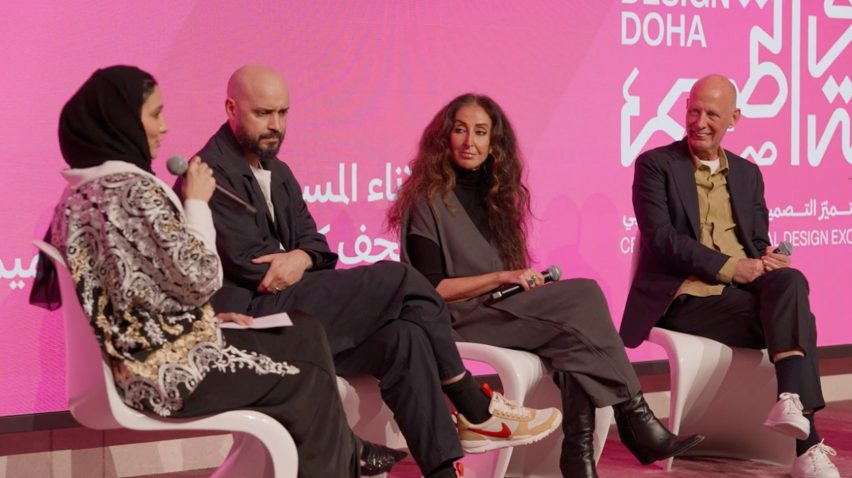
Van Berkel is currently working on the Dadu, Children's Museum of Qatar – one of a group of museums currently under development in the country – and spoke about the role of architecture in building successful contemporary museum environments.
He said that the most important part that architecture could play was to "engage the public so intensely" that they wanted to stay in the space where they've been drawn to see an object or exhibition.
In the Dadu, this had meant reflecting on the area's past and incorporating it into the design of the museum, and also having multiple audiences in mind.
"It's not only a museum for the children, but it is also museum for the parents," Van Berkel said. "And it's connected to the history of the location and how families here played in former times, on the little squares, and where several families took care of the kids."
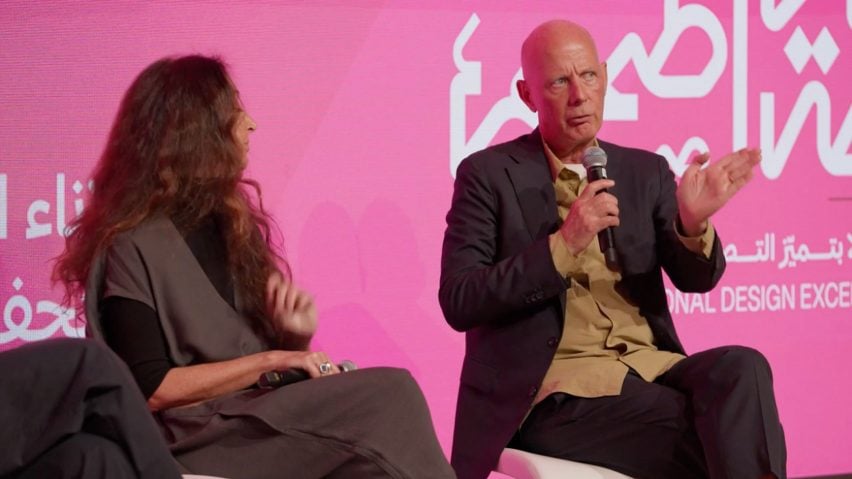
Bantal also spoke about architecture, as well as curation and exhibition design. The AMO director has a history of working with Qatar Museums, and together with Rem Koolhas, curated the Making Doha 1950–2030 exhibition at the National Museum of Qatar.
He said that in 2019 he had worked on three exhibitions – Making Doha plus Countryside, The Future at the Guggenheim in New York and the Virgil Abloh: Figures of Speech exhibition at the Museum of Contemporary Art Chicago. After this, he said he came to think about exhibition curation as a process of "editing" as much as design.
"The kind of unifying component of each of these exhibitions was a kind of starting point from basically deliberately not knowing before you start what you're going to talk about, research or design in that sense," said Bantal.
"And then as you go, put together an exhibition, but also edit as a form of learning for myself, but also as a form of introducing a certain, let's say, topic to an audience."
He said he liked to visualise how anyone from an expert in the field to "someone who doesn't know anything about the exhibition" would walk through it.

Lucà-Dazio, shared how that process applied to creating an exhibition within an open environment rather than the confines of one building.
She spoke about how location itself was key to the message of an exhibition. She said that in 1895, the biennale "could only be born in Venice".
"Venice used to be the gateway to to the east, the bridge between the north and the south, the east and west, the port city, the Mediterranean and all of that," said Lucà-Dazio. "And since the beginning the intention was to create, to establish an international platform for exchange – for cultural exchange, of course, but also for commercial exchange."
She said for that reason, there was a resonance now in several new biennales being launched in cities in the Arabian Gulf, including Doha, which hosted its inaugural event this year.
"If you ask me if we need another biennale in Europe, I would probably answer no," she said. "If you ask me, do we need another biennale in this part of the world, I would say yes, because it's also about shifting the focus and and creating new dialogues, which is basically why the Venice Biennale was born."
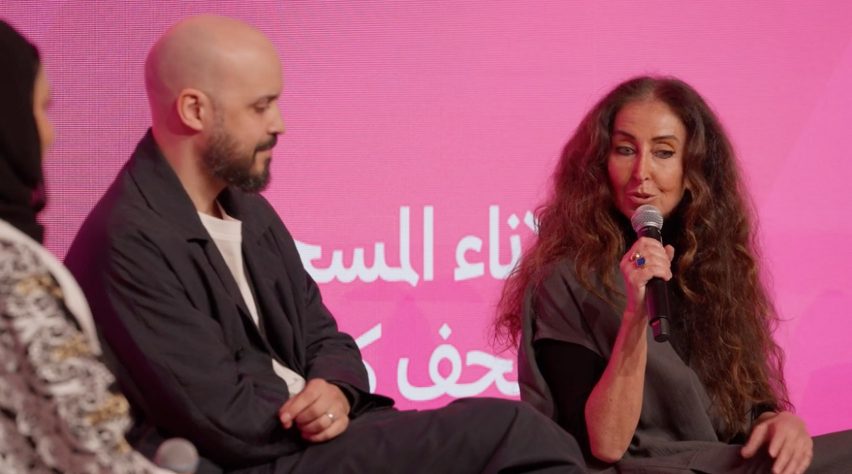
All of the panellists shared their observations about how older museums are being adapted, whether for reasons of technology, community or political circumstances, with Al-Thani said that she saw museums thinking in terms of the next 100 years and what that would look like for them.
Bantal said that archiecture is by definition about the future, because "the thing that you start working on today will not be built until a very long time in the future", but that projecting very far ahead was an impossible task.
"I think that there is almost like a range that you can design in, based on developments or how people think about the future," said Bantal. "And within that frame, I think you pick your position."
"There's always a lack of precision in what we do, which I think is also interesting because that's what makes every museum different."
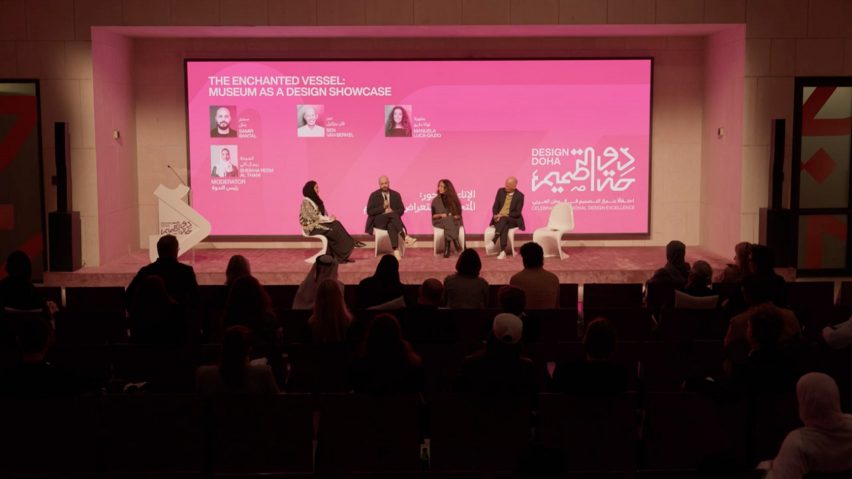
He gave the example of OMA's Seattle Central Library, completed in 2004, as a cultural institution that had got the balance right, by imagining both a continuity for books and a new social function for the space.
Lucà-Dazio added that the imprecision of predicting the future was actually a positive, because it meant that institutions had to be dynamic and to keep changing and readapting.
She also spoke of the value of surprise in creating transformative museums, saying that she had become enamoured with Doha's 3-2-1 Qatar Olympic and Sports Museum, despite being "not at all into sport".
"I spent two hours in there," said Lucà-Dazio. "It was so fascinating and seductive and catchy, the whole story."
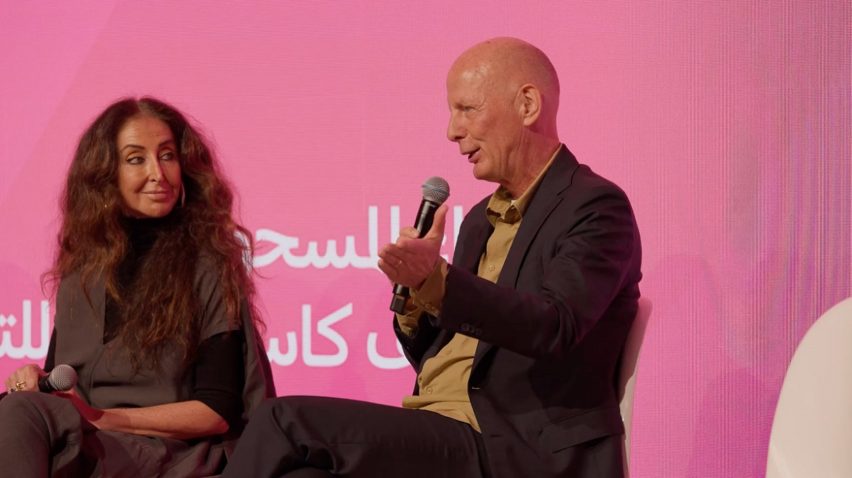
"And I learned a lot," she continued. "I learned about sport, a little bit, finally. I learned about sport in the world. I learned about Qatar, because it was also part of the of the history of the country and of Doha, so it was super fascinating."
Van Berkel encouraged architects and designers to go even deeper when reinventing museums and exhibitions for the broader public. He said that before there were museums, there were salons, and the "liveliness" of such events, along with fairs, is something that could perhaps be adapted for the modern museum.
"How could you bring in every aspect of a culture into the museum is a good question," said van Berkel. "I like it to think of how we could change these aspects in a more flexible way than maybe what is done of over the last years."
The Enchanted Vessel panel took place on 27 February at the Design Doha Forum, which was held at the M7 cultural centre in Doha, Qatar. Design Doha is a new biennial event that is set to return in 2026.
For more information, visit the Design Doha website.
Partnership content
This article was written by Dezeen for Design Doha as part of a partnership. Find out more about Dezeen partnership content here.